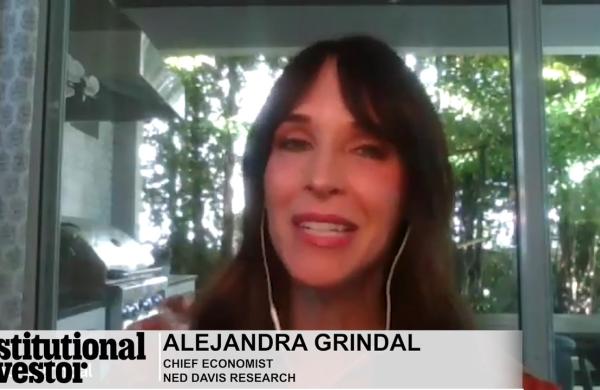No encore would ever have been sufficient. After delivering a once-in-a-lifetime average return of 147 percent last year, technology funds are suddenly falling out of favor. Is their performance that bad this year? No, it's just not extraordinary.
Eric Rosenbaum
According to Morningstar, the average technology fund returned 3.01 percent between January and September. (That's marginally better than the -1.4 percent return for the Standard & Poor's 500 index, to be sure). Even so, the swoon in the Nasdaq last spring, coupled with ongoing reports about slowing growth at some technology companies, has spooked many investors. July was the first month of the year in which technology fell out of the ten bestselling fund groups, as tracked by Boston-based Financial Research Corp.
To help revive the appeal of these funds in a jittery market, several firms, including Salomon Smith Barney's Capital Markets Funds, Conseco Funds, Pioneer Funds and American General Financial Group's North American Funds, have recently launched or will soon launch new science and technology mutual funds. These hybrids combine traditional tech stocks with biotechs and pharmaceuticals.
Managers hope their returns will prove more stable than their pure tech counterparts, which are notoriously volatile. Two recent examples: The $116 million Monument Internet Fund returned 273 percent last year, but was down 29.59 percent through the first three quarters of this year. The $861 million Kinetics Internet Fund jumped 216 percent in 1999, but dropped 34.59 percent through September of this year.
"It's not worth it to attract billions of investor dollars in a Net fund and then whipsaw your investors," says Bruce Johnston, senior vice president of marketing and client service at Conseco. "Long-term assets create revenue, and we want them to stick. This is the way to do it." The Conseco fund is currently split 60-40 between tech and science plays.
While Lipper reports that investors contributed $52.9 billion in net new cash flow into the technology sector for the first eight months of this year, up from $16.4 billion for the same period in 1999, most of that money arrived before the Nasdaq setback started in March. Since then, net cash flows into the technology category are down 75 percent from year-ago levels, according to Lipper.
The slowing growth is hardly enough to make portfolio managers in other sectors feel sympathetic. Assets in technology funds increased from $22.2 billion in 1997 to $32.6 billion in 1998 to $117.4 billion in 1999. As of August 31, assets totaled $185 billion, according to Lipper.
The largest of the hybrid funds is the nine-year-old, $16 billion T. Rowe Price Science & Technology Fund. The fund has returned 43.1 percent over the past year, 35.5 percent over the past three years and 27 percent over the past five years, according to Lipper. Between January and September 29, the fund is down 2.81 percent.
As always, long-term track records can be critical. When North American Funds launched a science and technology fund in July, the company chose to offer a product that would be subadvised by T. Rowe Price Associates' Chip Morris, who runs the T. Rowe Science and Technology fund.
"We went with Morris because of his track record," says Kurt Schultzberg, national account manager at North American Funds. "As an investment community we've become pigs, thinking in terms of what is going to better your product book today, not thinking about what the effect will be down the road. We want products that our brokers will never have to apologize for."





